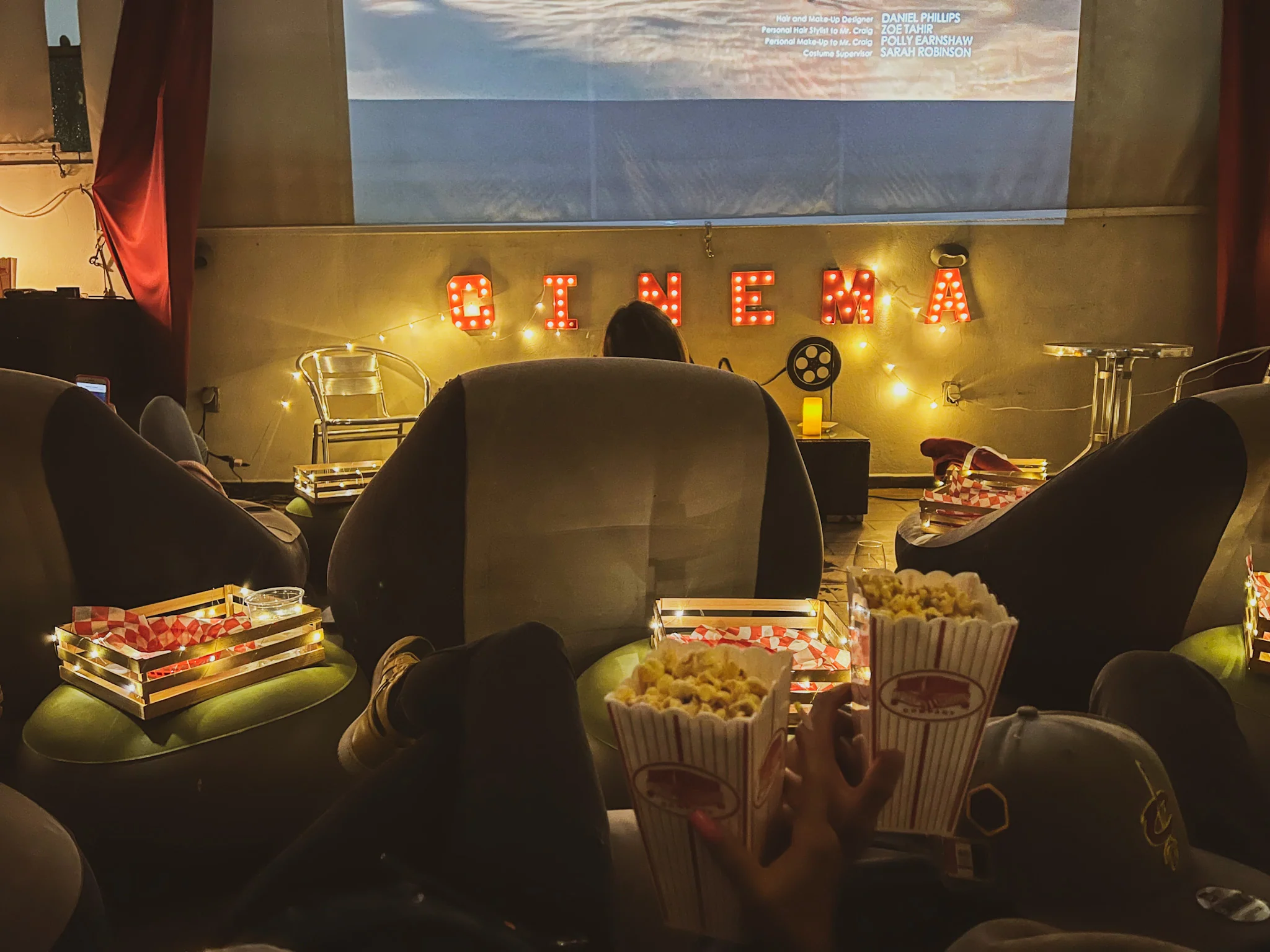===INTRO:===
In the dazzling world of filmmaking, visual effects are the paintbrushes that bring stories to life. Over the decades, digital magic—known as CGI—has revolutionized the way we see movies, offering endless possibilities with a click. Yet, despite the incredible advancements in technology, practical effects continue to hold a special place in our hearts. There’s something undeniably authentic about tangible props, real explosions, and actual creatures that CGI just can’t quite replicate. So, let’s dive into why practical effects still beat CGI—and why they remain an essential ingredient in cinematic storytelling.
Bringing Magic to Life: The Enduring Charm of Practical Effects
There’s a certain enchantment in witnessing a real object or creature on screen. Practical effects involve the use of real materials, models, puppets, and makeup, which lends a tangible texture to the visuals. When audiences see a giant creature towering over actors or a meticulously crafted set, they instinctively recognize the craftsmanship behind it. This authenticity creates a visceral connection that CGI often struggles to match, as the physicality of these effects triggers our brain to perceive them as genuinely present in the scene.
Furthermore, practical effects foster a unique sense of artistry. Behind every explosion, monster suit, or miniature city, there’s a team of skilled artisans who craft these illusions painstakingly. Their craftsmanship brings a level of detail and creativity that digital effects sometimes lack. The imperfections—slight burns, smudges, or uneven textures—add character and authenticity, reminding us that magic is often born from manual skill and ingenuity. These effects become part of the film’s soul, showcasing the dedication and passion of the artists involved.
Finally, practical effects age like fine wine. Movies from the 70s and 80s still captivate audiences because their effects are real and tangible. When you see Darth Vader’s mask or the alien creature from “The Thing,” you’re witnessing craftsmanship that has stood the test of time. These effects age gracefully, becoming part of cinematic history and establishing a timeless charm that CGI, which can sometimes feel sterile or overly perfect, can’t replicate. Practical effects are, in many ways, an enduring testament to human creativity and resourcefulness.
Why Our Hearts Still Yearn for Real, Touchable Creations
Humans are naturally tactile creatures. We crave connection not just to stories, but to the very objects and characters that inhabit those stories. Practical effects provide a sensory experience—audiences can see, touch, and sometimes even feel the texture of the effects on screen. This tactile quality fosters a deeper emotional response, making characters and worlds feel more genuine and alive. When a puppet’s eyes glint with emotion or a miniature explosion crackles with real smoke, it pulls us closer into the story.
Moreover, practical effects often inspire a sense of wonder and nostalgia. There’s a childlike delight in seeing a real creature or a physical set, reminding us of the days when movies relied on craftsmanship over CGI shortcuts. These effects can evoke a sense of awe, sparking our imagination in ways that digital effects sometimes cannot. Many iconic scenes—like the moving statues in “Clash of the Titans” or the intricate monster suits in “Godzilla”—remain etched in our memories because of their tangible quality. They remind us that filmmaking is an art form rooted in manual mastery, not just pixels and code.
Lastly, practical effects tend to blend seamlessly with live-action footage, creating a cohesive and convincing visual universe. When actors interact directly with real objects or creatures, their performances feel more authentic and spontaneous. This synergy elevates the entire film, allowing for more natural interactions and reactions. CGI, while versatile, often requires careful lighting and compositing to look convincing, and even then, it can sometimes feel detached. Practical effects ground the story in reality, helping audiences suspend disbelief and fully immerse themselves in the cinematic world.
===OUTRO:===
While CGI continues to push the boundaries of what’s possible, the timeless appeal of practical effects remains undeniable. Their authenticity, craftsmanship, and tactile charm breathe life into movies in ways that digital illusions can’t quite match. As filmmakers evolve and experiment, the magic of practical effects endures—reminding us that sometimes, the most extraordinary moments are created with a little manual magic and a lot of heart. Whether standing the test of time or sparking our imagination anew, practical effects truly prove that, in filmmaking, a touch of reality is forever in style.
